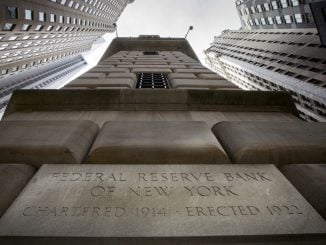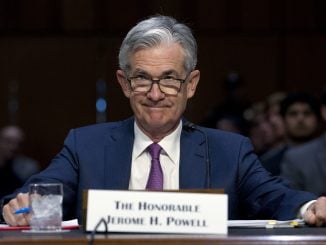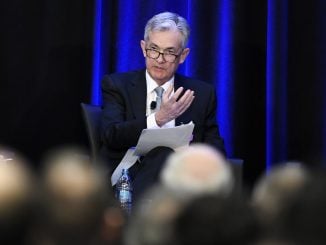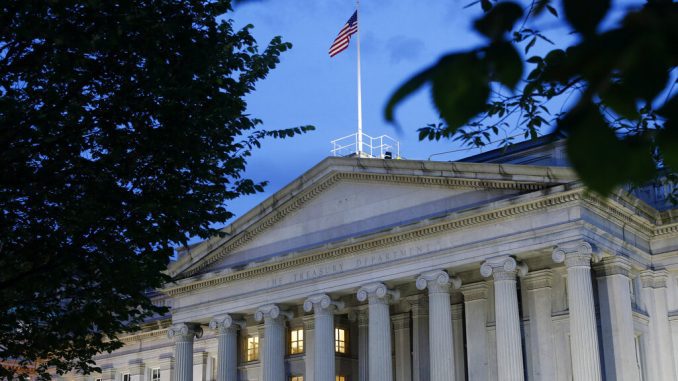
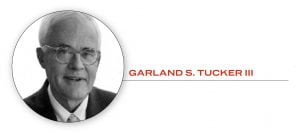 Former Federal Reserve Chairman William McChesney Martin once described his role as “the chaperone who removes the punch bowl just when the party gets going.”
Former Federal Reserve Chairman William McChesney Martin once described his role as “the chaperone who removes the punch bowl just when the party gets going.”
Martin was affirming the Fed’s original and primary duty to ensure stable prices. He was talking about the periodic need for higher interest rates to restrain inflation. Price stability was enshrined in the Fed’s charter in 1913 and remained its paramount duty until Congress passed the Employment Act of 1946.
At that time, the mandate “to pursue maximum employment” was added as a co-equal goal. There was general admission in congressional testimony at the time that these two goals were in substantial conflict. Sustained pursuit of maximum employment will ultimately produce inflation. Overly restrictive monetary policy will ultimately dampen employment and production. Finally, in 1978, Congress passed the Humphrey-Hawkins Act (the Full Employment and Balanced Growth Act), which was a full-throated Keynesian cry for “full employment.” Since these changes, the Fed has been saddled with dual, conflicting goals and the responsibility of implementing a balanced policy.
Whenever Fed policy has erred on the side of maximum employment and full production, then inflation — i.e. price instability — has inevitably resulted. Monetary policy that is overly accommodating (with interest rates too low for too long) results in dangerous misallocation of financial resources, which in turn always results in financial bubbles. And these bubbles always pop painfully. The housing crisis of 2008/9 is only the latest example. Conversely, whenever Fed policy has been too restrictive, price stability has unduly restricted employment and production. The destructive effects of overly restrictive monetary policy were felt in the early years of what became the Great Depression.
In the face of the latest two financial crises (the 2008/9 housing crisis and the current COVID crisis) Congress has passed massive financial stimulus packages, which have in turn expanded the federal deficit to unprecedented levels. In 2007, the national debt stood at $9.0 trillion. The current estimate is $26.6 trillion. A staggering explosion.
For the first 9 months of fiscal year 2020, the federal budget deficit topped $2.7 trillion. And Congress is not through yet. Democrats have just passed a House bill appropriating an additional $3 trillion in stimulus spending, while Republicans are pushing a “scaled down” $1 trillion version. The White House, represented by Treasury Secretary Mnuchin, appears hell-bent on spending more money and has abandoned any semblance of fiscal restraint.
The American people are now witnessing the sorry spectacle of politicians stampeding to buy the peoples’ vote with their — or their grandchildren’s — own money. As Kimberly Strassel wrote last week in The Wall St. Journal, Republicans have foresworn their conservative principles and are proceeding “on the precarious notion that the way to hold the White House and Senate this fall is to join the Democrats in a spendathon.”
Maybe we should expect no more than this from politicians. But what about the Federal Reserve? The Fed has always been considered a voice of restraint above the fray of partisan politics. After many years of accommodative policy, Fed Chairman Jerome Powell finally warned Congress in February 2020 of the need to curtail deficit spending. However, when the COVID crisis struck the following month, Powell reverted to an aggressively accommodative monetary policy. He has pushed interest rates, which were already at historic lows, to near zero levels and has dominated the credit markets with bond purchases by the Fed, which have in turn ballooned the Fed’s balance sheet to unprecedented levels.
The final straw was Powell’s testimony to Congress this month, in which he announced his commitment to hold interest rates down for as far out as you can see. Perhaps he realizes the sad truth that the U. S. government could not service its current debt if interest rates were to rise.
The Fed apparently plans to hold down interest rates indefinitely by supplanting the financial markets as the arbiter of credit pricing. Such radical intervention in the private markets has always misallocated resources and created bubbles. It will again this time. When it does, it will inflict damage on millions of Americans.
So much for removing the punch bowl. Chairman Powell has instead become the bartender.
Just in case the politicians and the Fed are listening, I’ll give Chairman Martin the final word, “If we fail to apply the brakes sufficiently, and in time, we shall go over the cliff.”
Garland S. Tucker III, retired Founder/CEO, Triangle Capital Corporation, and author of The High Tide of American Conservatism: the 1924 Election and Conservative Heroes: Fourteen Leaders Who Shaped America- Jefferson to Reagan.

